Search
Search Results
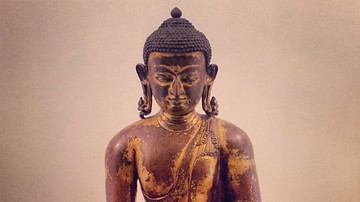
Definition
Mahayana Buddhism
Mahayana Buddhism is the largest Buddhist sect in the world, and its beliefs and practices are what most non-adherents recognize as "Buddhism" in the modern era. It developed as a school of thought sometime after 383 BCE, possibly from the...
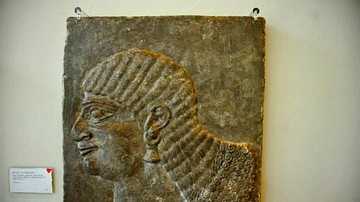
Article
Third Gender Figures in the Ancient Near East
In the ancient Near East, there was a social standard by which men were ideally expected to behave. In the 21st century CE, expectations still exist, albeit in different forms. Normative masculinity through ancient Mesopotamia typically concerned...
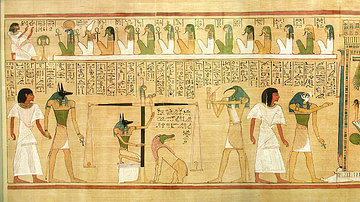
Image
Weighing the Heart, Book of the Dead
Weighing of the heart scene, with en:Ammit sitting, from the book of the dead of Hunefer.
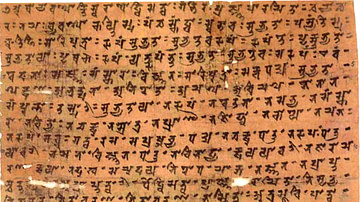
Image
Copy of the Heart Sutra
A Sanskrit manuscript copy of the Heart Sutra at the Bibliothèque Nationale de France.
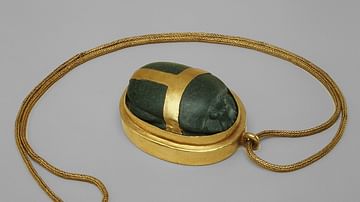
Image
Heart Scarab of Hatnefer
A serpentinite and gold heart scarab pendant. Sheikh Abd el-Qurna, Tomb of Hatnefer and Ramose, Mummy of Hatnefer. Thebes. Egypt, 18th Dynasty, c. 1492-1473 BCE. The text inscribed on the back of the scarab calls for Hatnefer's heart not...
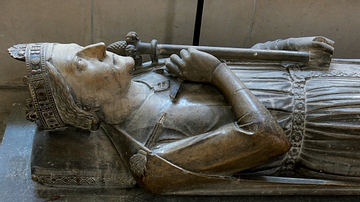
Image
Tomb of Richard I's Heart, Rouen
A photo of a tomb in the Rouen Cathedral, containing the embalmed heart of Richard I of England (also known as Richard the Lionheart; r. 1189 - 1199 CE). In Rouen, France.
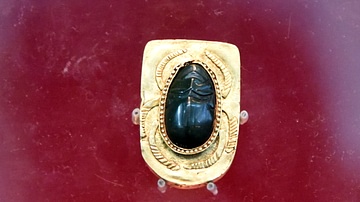
Image
Heart-Scarab of King Sobekemsaf II
This amulet, in the form of a scarab beetle with a human face, was intended to ensure that the deceased passed safely through the judgment which would establish whether or not he was deserving eternal life. It is inscribed with an early version...
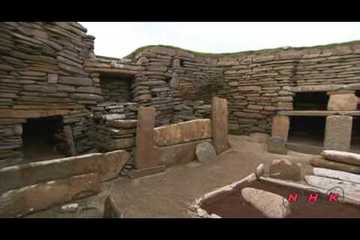
Video
Heart of Neolithic Orkney (UNESCO/NHK)
The group of Neolithic monuments on Orkney consists of a large chambered tomb (Maes Howe), two ceremonial stone circles (the Stones of Stenness and the Ring of Brodgar) and a settlement (Skara Brae), together with a number of unexcavated...
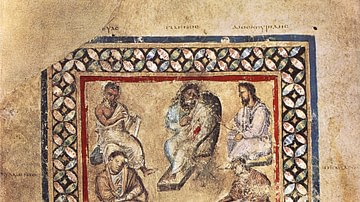
Definition
Galen
Galen (129-216 CE) was a Greek physician, author, and philosopher, working in Rome, who influenced both medical theory and practice until the middle of the 17th century CE. Owning a large, personal library, he wrote hundreds of medical treatises...
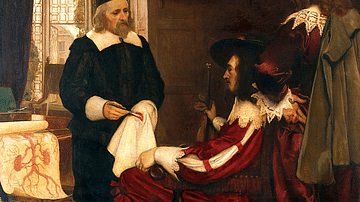
Article
William Harvey's Discovery of Blood Circulation
The human body's system of blood circulation was discovered by the English physician and anatomist William Harvey (1578-1657) in 1628. Harvey determined the relationship between the blood system of arteries and veins and the regular contractions...